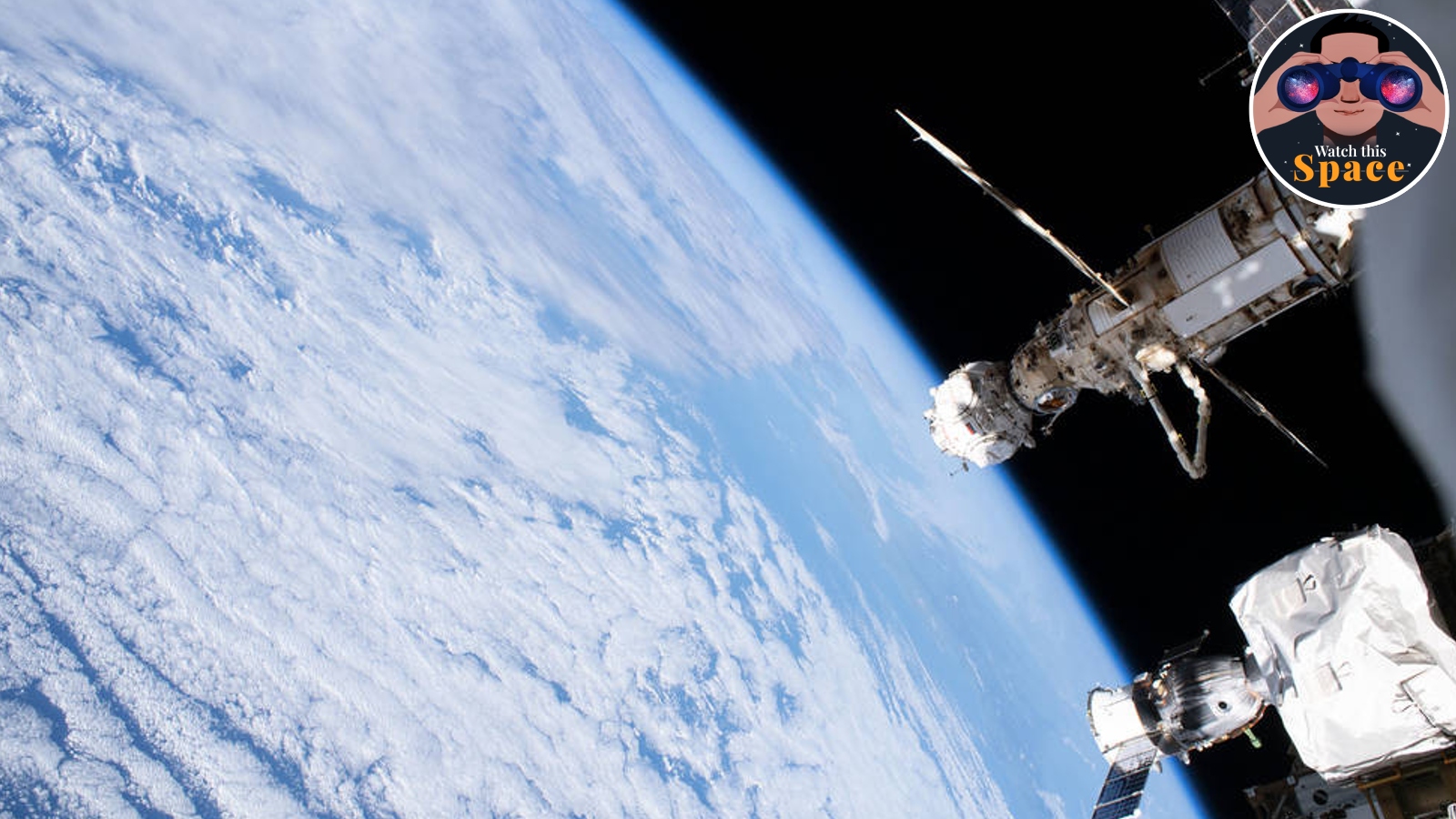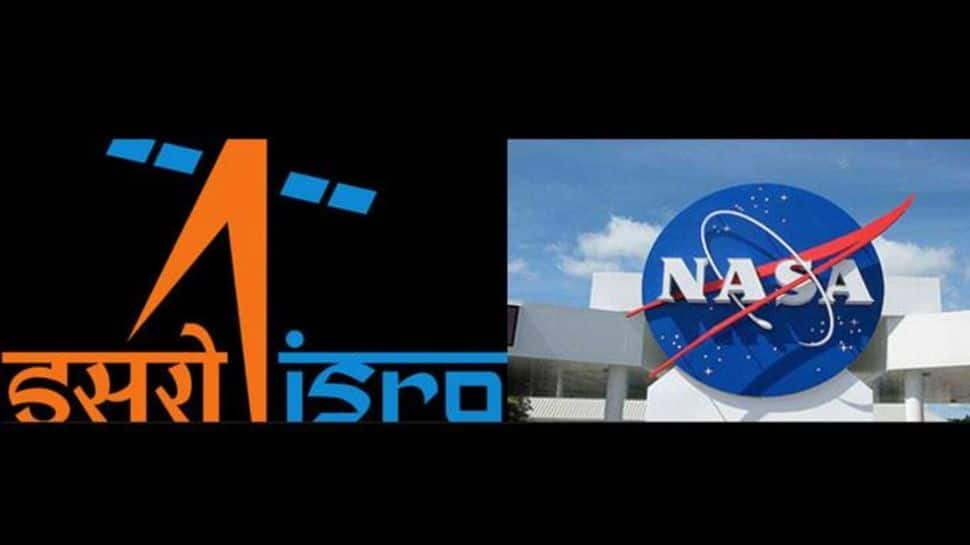




US Ambassador to India, Eric Garcetti, recently emphasized the significant impact of Indian investments on the American job market during the SelectUSA Investment Summit. He announced that Indian companies secured USD 3.4 billion in investments in the U.S. over the past year, marking a historic delegation from India at the summit. Garcetti stated that these investments are not only beneficial for India but are also creating jobs for Americans across various sectors, including steel, biotechnology, agriculture, and high-tech innovations [b9f585ad].
During his visit to Bengaluru, Garcetti discussed the importance of U.S.-India collaboration in the space sector, particularly with the Indian Space Research Organisation (ISRO). He met with ISRO Chairman S. Somanath to explore opportunities for cooperation, including the NASA-ISRO Synthetic Aperture Radar mission (NISAR) [9ef6ea80].
Garcetti also highlighted the U.S.-India Initiative on Critical and Emerging Technology (iCET) as a vital mechanism for enhancing strategic security and technology cooperation between the two nations. He emphasized the shared commitment of the U.S. and India to leverage technology and innovation for societal progress [9ef6ea80].
In a significant announcement, NASA Administrator Bill Nelson confirmed that NASA will expand its collaboration with ISRO, including training an Indian astronaut for the International Space Station (ISS). This initiative is part of a broader effort to support future human spaceflight and address global challenges such as climate change [20e77b43][69c96a01].
The Indian Space Research Organisation (ISRO) has selected two of its four trained Gaganyaan astronauts to participate in a mission to the ISS in collaboration with NASA, scheduled for no earlier than October 2024. This mission will involve training in the U.S. and is expected to further strengthen the partnership between the two nations in space exploration [3157173a].
Sunita Williams, a former NASA astronaut, expressed optimism about the collaboration, stating it signifies a bright future for international cooperation in space exploration. She underscored the potential for India to contribute to scientific advancements and the importance of diversity in the space industry [ddc2587e].
Garcetti also addressed trade relations, calling for the reduction of tariffs and the establishment of fair trade practices. He noted the resolution of seven trade disputes between the U.S. and India, which has significantly enhanced agricultural purchases [b9f585ad].